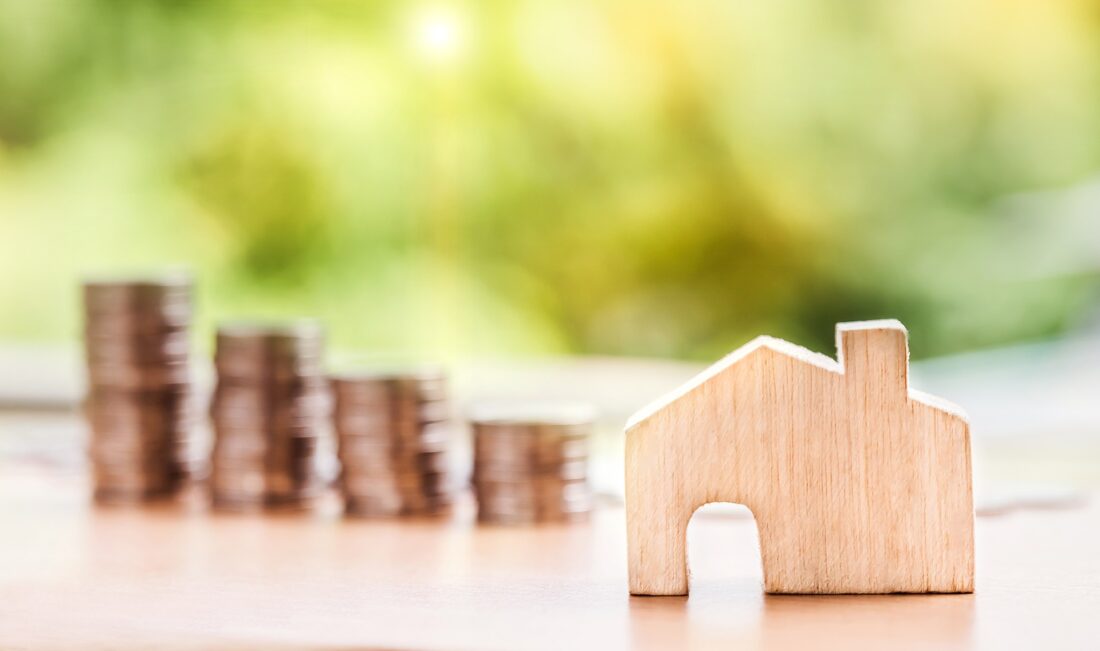
There are no short cuts to achieving financial success. To build, preserve and expand wealth that lasts you a lifetime, you must follow some proven principles. Here, we’ve compiled a list of 5 of the essential strategies you should make a part of your financial short and long-term plan to help you build your own financial success.
1. Set up a brokerage account
As soon as you’ve opened a bank account and signed up for your company’s retirement savings programme, jump on the next stage of smart wealth building by setting up a brokerage account. With it, you will be able to invest in stocks of different companies, no-transaction-fee mutual funds, as well as exchange-traded funds, which most people can’t access with their 401(k).
To give you a quick guideline, opening an account with an online broker, Fidelity requires you to start with a deposit of $2,500; while at Charles Schwab, you’ll need only $1,000, which is not compulsory if you signed up for automatic monthly deductions of $100 or more from your account. For better money management and investment planning, it’s advised you go with a debit card that helps you with that goal in addition to making transactions convenient.
2. Ensure your investing costs are at a minimal level
Generally, less expenditure means more money in your account. As a fund investor, focus on ETFs and mutual funds with low expense ratios. As we already pointed out, the first thing to do is to register with a reputable online broker such as Fidelity or Charles Schwab so you can buy and sell stocks averaging $7 per trade. Besides, there are top discounters that allow you to trade select ETFs without requiring sales fees. Seriously consider index funds, especially those that track S&P 500, with estimated annual fees of 0.05%. Funds like Mairs & Power Growth (MPGFX) and Dodge & Cox Stock (DODGX) are recommended as they are top low-cost actively managed funds.
If you have a fund manager, you’ll probably pay an annual consultation fee of 1%; but you can always negotiate for a lower fee. Another option is to go digital with an AI adviser, which can help manage your stock portfolio by using digital technology. An example is Wealthfront, which will not charge you a management fee if your balance is less than $10,000 and requires you to pay only 0.25% per annum for sums above that. You may also check Betterment, which levies just 0.25% of assets under management yearly.
3. Diversify your investment
Spreading out your investment with a variety of good value stocks and bonds can help you weather the storms of volatile periods and enhance your long-term ROI outlook. If, for example, your retirement is at least ten years away, keep 70% of your investments in stocks and put 30% in top-quality bonds. Mutual funds are good great for you too. For example, mutual fund managers, Vanguard Wellington (VWELX) keeps two-thirds of investments in stocks, as a principle, and the rest in bonds; and it has maintained a yearly return of 8.2% over the past 20 years.
4. Rebalance, retarget and realign as necessary
It’s important you get regularly balance your portfolio up for better overall performance. Move your investment assets around sometimes, divesting some funds off the ones performing well and shoring up the laggards to get a good mix. Always review your brokerage statements at least twice a year to see where your portfolio needs some rebalancing, retargeting or realignment and then go on to make the necessary trades.
5. Adjust your investments
As your countdown to your retirement, your target should be an investment portfolio that gives you a good return that can stand the tide of inflation and also minimises your risk. A spread of 50% stocks, 40% bonds and 5% cash is a nice mix that can help you achieve that goal. A mix of 60% stocks and 40% bonds and cash will likely give more growth; but if your risk threshold is less, then try a mix of 60% bonds and cash and 40% stocks.

